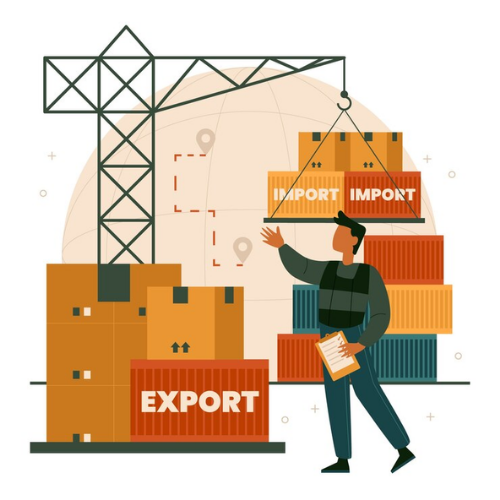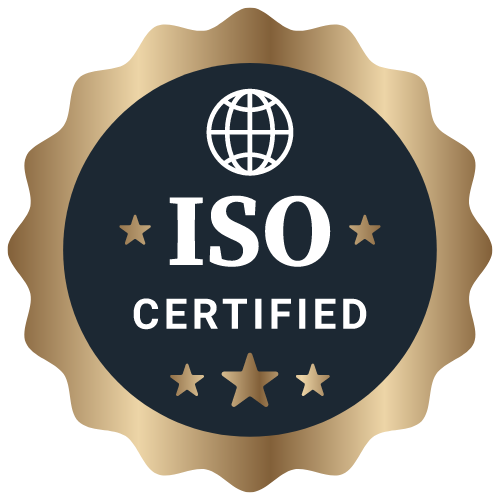Step-by-Step Process to Obtain IEC Registration
Learn the step-by-step process to obtain IEC (Importer-Exporter Code) registration in India. Our comprehensive guide covers everything you need to know about applying for and obtaining this essential license for importing and exporting goods.
Step-by-Step Process to Obtain IEC Registration
Import-Export Code (IEC) registration is a mandatory requirement for businesses or individuals involved in importing or exporting goods in India. It is a 10-digit unique code issued by the Directorate General of Foreign Trade (DGFT), Ministry of Commerce and Industry, Government of India. Here is a comprehensive guide on the step-by-step process to obtain IEC registration in India:
1. Determine Eligibility:
Before applying for IEC registration, it is essential to ensure that you meet the eligibility criteria. Any individual, firm, company, or LLP can obtain an IEC. There are no restrictions on the types of businesses that can apply for IEC registration. However, certain categories of individuals or entities such as restricted or prohibited entities may not be eligible.
2. Verify Documents:
Ensure you have all the necessary documents ready before starting the IEC application process. The documents required for IEC registration include:
- Permanent Account Number (PAN) of the applicant
- Address proof of the applicant (Aadhar Card/Voter ID/Passport/Driving License/Bank Certificate)
- Cancelled cheque of the firm or a copy of the bank statement
- Letterhead in case of partnership or proprietorship
- Photo of the applicant
3. Fill the Application Form:
Once you have the necessary documents in place, you can proceed to fill the IEC application form online on the DGFT website. The form requires you to provide details such as PAN, bank account details, personal information, and business information. Make sure to fill all the details accurately to avoid any delays in the application process.
4. Submit the Application:
After filling the application form, you need to submit it along with the required documents to the DGFT through the online portal. You may need to pay the prescribed application fee while submitting the application. The fee can be paid through online payment modes like credit/debit card, net banking, or NEFT/RTGS.
5. Track Application Status:
Once you have submitted the application, you can track the status of your application online on the DGFT portal. It is essential to regularly monitor the status of your application to ensure timely processing and approval of your IEC registration.
6. Obtain IEC Certificate:
After the successful processing of your application, you will receive the IEC certificate from the DGFT. The certificate contains the 10-digit unique IEC code, which is required for all import and export transactions. It is essential to keep the IEC certificate safely as it is a crucial document for importing and exporting goods.
7. Update IEC Details:
It is essential to keep your IEC details updated with the DGFT whenever there are any changes in your business or personal information. You can update your IEC details online on the DGFT portal by submitting the necessary documents and information. Failure to update your IEC details may lead to penalties or other compliance issues.
8. Renew IEC Registration:
IEC registration is valid for a lifetime unless surrendered or cancelled. However, it is advisable to renew your IEC registration periodically to keep it updated. The renewal process involves verifying and updating your details with the DGFT. Make sure to renew your IEC registration before the expiry date to avoid any disruptions in your import-export activities.
Import Regulations in India:
India has specific import regulations that businesses need to comply with to import goods into the country. Some of the key import regulations include:
- Obtaining IEC registration
- Payment of customs duties and taxes
- Compliance with import restrictions and prohibitions
- Submission of import documents as required by customs authorities
Export Regulations in India:
Similarly, there are export regulations in India that businesses need to adhere to when exporting goods from the country. Some of the key export regulations include:
- Obtaining IEC registration
- Payment of export duties and taxes
- Compliance with export restrictions and prohibitions
- Submission of export documents as required by customs authorities
Conclusion:
Obtaining IEC registration is a crucial step for businesses or individuals involved in importing or exporting goods in India. By following the step-by-step process outlined in this guide, you can successfully apply for and obtain your IEC registration. Make sure to comply with the import and export regulations in India to ensure smooth and legal import-export transactions. If you have any doubts or queries regarding the IEC application process, it is advisable to seek guidance from a professional or consult the DGFT for assistance.
Latest Updates
ca4filings.com Services




























-registration.png)



